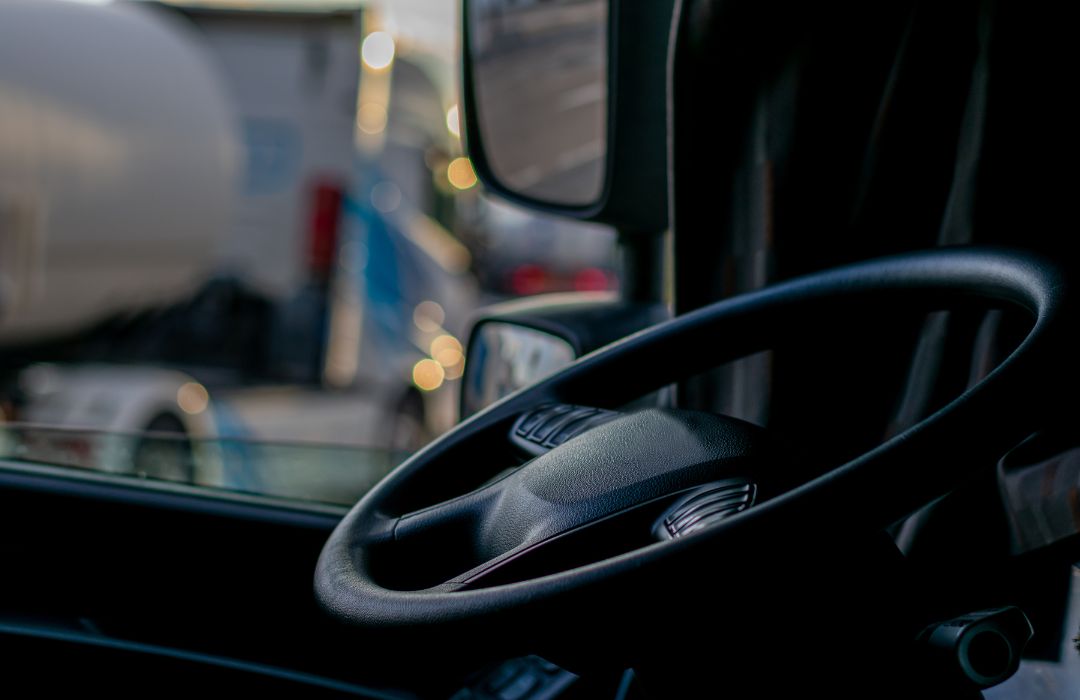As the days grow shorter and night falls earlier, RVers face the challenge of driving and navigating in low-light conditions. Whether you’re heading to your next destination or setting up camp after dark, ensuring safety during these times is crucial. Here’s a guide packed with essential tips to help you drive and navigate safely when daylight is limited.
1. Inspect and Upgrade Your Lighting
Your RV’s lighting plays a vital role in maintaining visibility during dusk and nighttime travel:
- Check Headlights and Taillights: Ensure all exterior lights are functional and clean, free from dirt or condensation.
- Upgrade to LED Lights: If your RV still uses halogen bulbs, consider upgrading to brighter, more energy-efficient LED lights for better illumination and reduced power consumption.
- Adjust Headlight Angles: Properly aligned headlights ensure that the road is lit up without blinding oncoming drivers. Adjust them periodically, especially after long trips on rough terrain.
2. Maintain Clean Windows and Mirrors
Clear visibility is essential when navigating in low light:
- Clean All Windows: Dirt, smudges, and streaks can cause glare when hit by lights from oncoming traffic or street lamps. Wipe windows with a glass cleaner before starting your journey.
- Check Mirrors: Ensure side and rearview mirrors are clean and properly adjusted to reduce blind spots.
- Use Anti-Fog Solutions: Apply anti-fog products to the interior of your windows and mirrors to prevent condensation buildup.
3. Reduce Speed and Increase Following Distance
Driving at night requires adjustments to your typical driving habits:
- Slow Down: Reduced visibility means reduced reaction time. Lower your speed to allow more time to respond to sudden obstacles or road changes.
- Increase Following Distance: Leave extra space between your RV and the vehicle ahead to give yourself ample time to react if they stop or swerve unexpectedly.
4. Use High Beams Wisely
High beams can be a helpful tool when driving on unlit roads, but they need to be used responsibly:
- When to Use High Beams: Engage high beams when driving on open roads without oncoming traffic to maximize visibility.
- Turn Off for Oncoming Traffic: Dim your lights when vehicles are approaching to prevent blinding other drivers.
- Adjust for Weather Conditions: Avoid using high beams in fog, rain, or snow, as the light can reflect off these elements and create glare, reducing visibility.
5. Stay Alert and Well-Rested
Fatigue can be a significant risk factor when driving at night:
- Avoid Drowsy Driving: Make sure you are well-rested before starting an evening drive. Plan regular breaks if you’re on a long journey. Follow the 3-3-3 Rule for an optimal driving schedule.
- Have a Co-Pilot: If possible, have someone sit up front to keep you company and help navigate. A co-pilot can also spot road signs and potential hazards.
- Keep Snacks and Water Handy: Light, healthy snacks and water can help keep your energy up during long drives. Here is a list of snacks you can easily eat while driving an RV.
6. Invest in Navigation Tools
Modern technology offers helpful tools to make night navigation safer and easier:
- GPS with Night Mode: Use a GPS device or app that features a night mode to reduce glare and avoid straining your eyes.
- Mobile Apps for RVers: Apps like RV LIFE and Campendium can help you find the best routes, campgrounds, and essential stops with user-friendly night views.
- Backup Camera with Night Vision: If your RV doesn’t already have a backup camera, consider installing one that includes night vision capabilities for added safety during parking and reversing in low light.
7. Plan Ahead for Campsite Arrivals
Arriving at your destination in the dark can be challenging:
- Arrive Early When Possible: Plan your trip so that you reach your destination before nightfall. This allows you to set up in daylight and avoid potential obstacles.
- Keep a Flashlight and Headlamp Accessible: If you do arrive after dark, a powerful flashlight or headlamp will help you navigate the campsite safely.
- Practice Your Setup Routine: Familiarize yourself with setting up your RV in low light. This will help you stay calm and efficient if you need to do it unexpectedly.
8. Reflective Gear and Emergency Preparedness
Be prepared for emergencies or unexpected stops:
- Wear Reflective Clothing: If you need to step out of your RV at night, wearing reflective vests or clothing will help you stay visible to other drivers.
- Stock Emergency Supplies: Keep essential items like flares, reflective triangles, and a fully charged flashlight in your RV - you can also purchase an emergency kit that has many supplies. This ensures that, in case of a breakdown, you can alert other drivers and stay safe until help arrives.
9. Mind the Wildlife
Driving at night increases the risk of encountering wildlife on the road:
- Stay Vigilant in Rural Areas: Be extra cautious in areas where wildlife crossings are common.
- Use Your Peripheral Vision: Keep an eye on the sides of the road for movement, as animals can appear suddenly.
10. Adjust Your Mindset
Finally, remember that driving at night is different from daytime driving:
- Stay Calm and Focused: Reduce distractions such as loud music or conversations.
- Practice Patience: Your journey might take longer than planned when driving cautiously in the dark, so allow extra time for your trip.
Driving in low light comes with its own set of challenges, but with the right preparations and precautions, you can enjoy a safe and comfortable journey. By upgrading your RV’s lighting, using modern navigation tools, and adjusting your driving habits, you’ll be better equipped to handle shorter days and navigate in low light with confidence.
See you on the road!



Share:
Quick RV Storm Prep for Cold Weather
How to Keep Your RV Secure During Storage